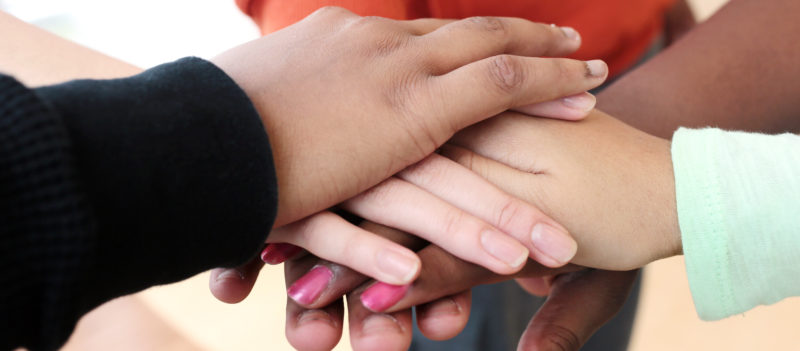Every time I hear about another account of school violence, my heart sinks and I think about how I can speed up my current research efforts so that we could potentially have a better system in place for preventing these types of tragedies from happening.
We recently published a pilot study to help identify middle and high school students’ risk for violent behavior in schools. And while I’m excited about the potential that it holds, it can’t come fast enough.
When we started this type of work more than 10 years ago, we were assessing risk factors for violence within a hospital setting. But as school violence started occurring more frequently, we decided to change our focus.
Back then, I wasn’t a parent, but a concerned psychiatrist with a special interest in forensics and aggression. Now that I have two eight year olds and a 10 year old, I have a vested interest in finding a solution. I want my kids – and all kids for that matter – to be safe while they’re in our nation’s schools.
The objective of this study was to pilot a rapid and standardized method to identify students at-risk for school violence, which is defined as verbal or physical aggression towards others, and to analyze the results to assist with risk management and action steps.
Students in the study came from fifteen different schools in Ohio and Kentucky who had shown concerning behaviors, such as becoming odd, quiet, withdrawn, isolative, or any change from baseline – all of which can be warning signs of potential school violence.
We then recorded interviews of the 25 students who were referred to us, using two scales with the same set of fourteen questions each. Utilizing manual annotation – a clinical research method being developed to extract relevant information from human language – our data analysts used scales to assign risk levels to the students and then analyzed the content of the language. We were able to identify and categorize specific words and phrases that could be associated with a student’s risk to others or to themselves.
The analysis showed that there were statistically significant differences in the content of language between the high risk and low risk groups for violence, including violent acts or thoughts, self-harm thoughts or acts, negative feelings or actions of others, and violent media use (video games, music, and movies).
Our pilot resulted in identifying 11 kids who were moderate to high risk for violence. We then offered recommendations for how they could get help.
We think this methodology can offer more objective analysis of the student’s language to improve risk assessments, rather than a subjective and unreliable interpretation by the interviewer.
The ultimate goal is to have a computer app that schools can use to record and analyze what students are saying, which could objectively identify their risk factors for violence and produce a prevention plan.
The way it typically happens now is that when there is a concern at school, the parent or guardian brings the student to the emergency room (ER). And the staff there don’t know the child or the situation and don’t have the information they need to assess him or her. They need information from the school but students often arrive in the ER after the school has closed.
We’re hoping that instead of being sent to the ER, kids can be evaluated right at the school, using the technology we’ve developed, with an action plan of next steps based on the results of the objective assessment.
We are encouraged by the results of this pilot and hope to receive more funding to continue our efforts in preventing school violence. While there are no guarantees, early intervention is an effective tactic to prevent commonly seen violence, such as bullying, school fights, attempts at harming others and the more rare tragedy of school shootings. We expect to be successful in improving outcomes for schools, students, and families throughout the U.S.
Editor’s note: If you’d like to contribute funding to further Dr. Barzman’s research, please click here. Choose “psychiatry research” and in the comments section write that the donation is for “school violence.”





